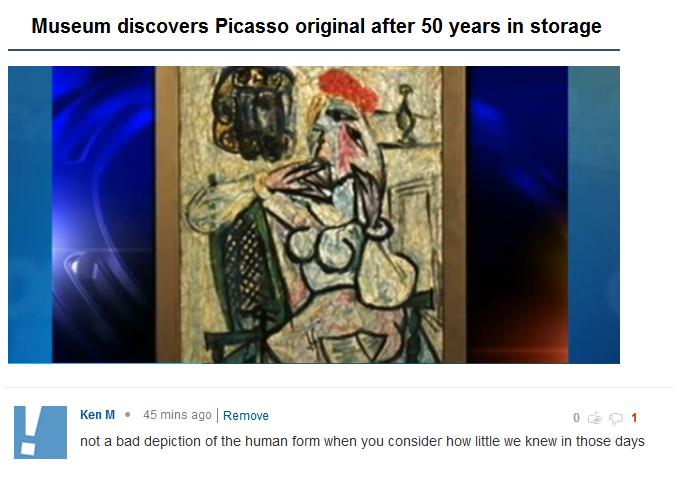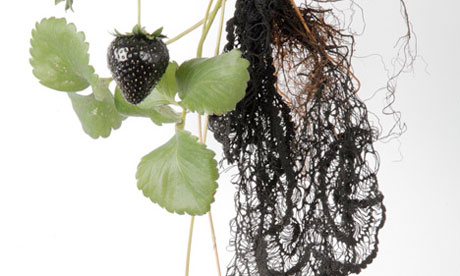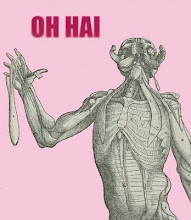From Slate's Vault
Cute Enamel Pins For Every Medical Speciality
-
Cute Gastroenterology Pin Collection
We can smell an gastroenterology pin order a mile away when we're shipping
out pin orders -- for those of you who gr...























































